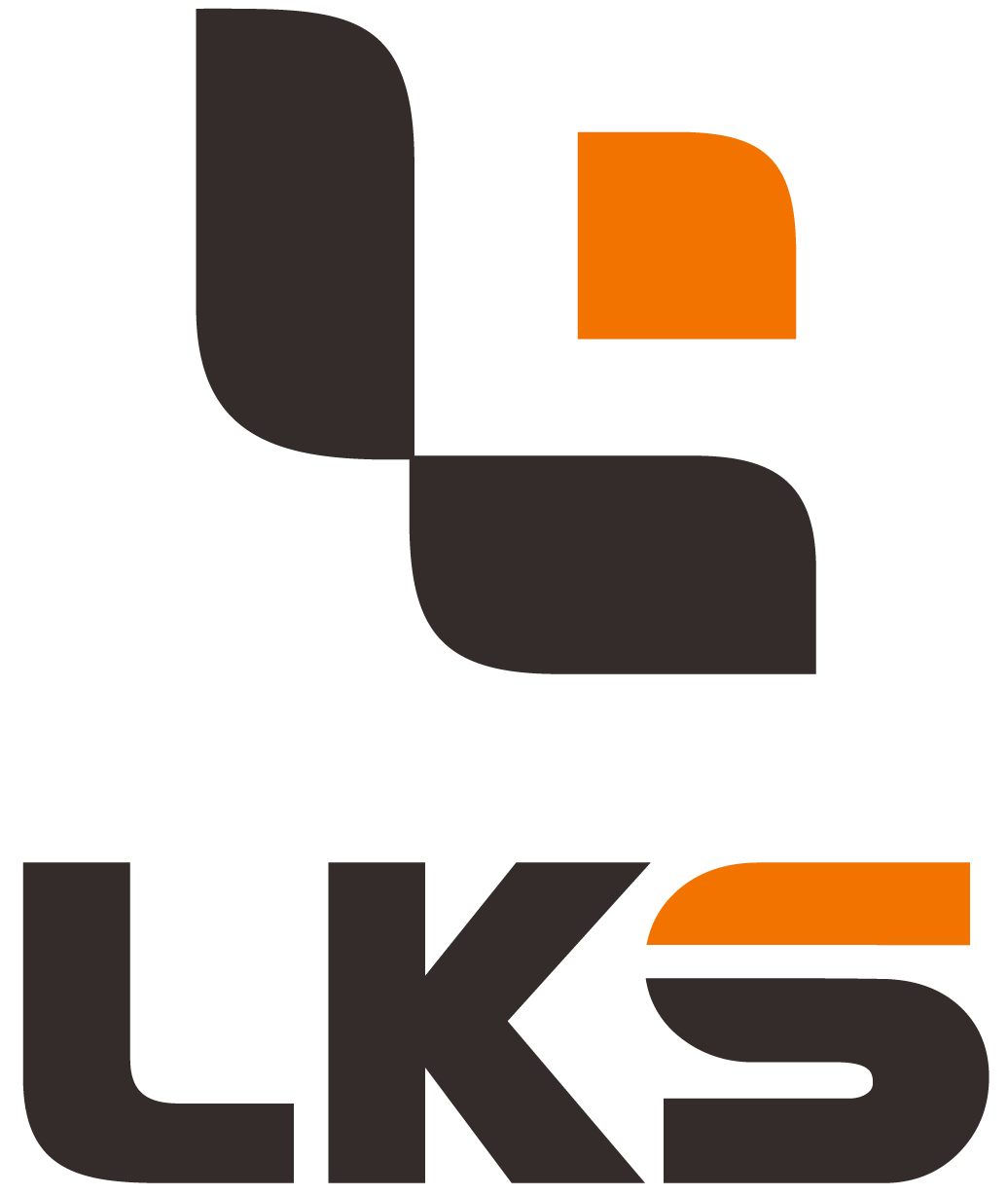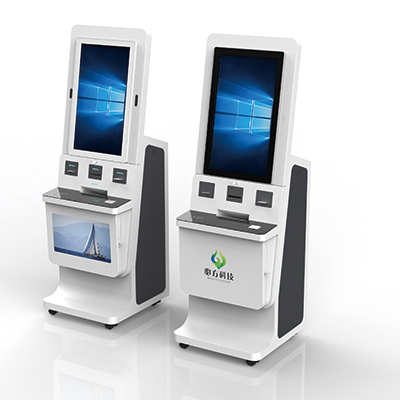
- Home
-
Hot Kiosks
- Payment Kiosk
- Self Ordering Kiosk
- Outdoor Kiosk
- Check In Kiosk
- Parking Kiosk
-
Self Checkout Kiosk
-
Hotel Kiosk
-
Ticket Kiosk
-
Healthcare Kiosk
- Airport Kiosk
- Visitor Kiosk
- ATM Kiosk
- Cinema Kiosk
- Hospital Kiosk
-
Digital Signage Kiosk
- Touch Screen Kiosk
- Mcdonalds kiosk
- Retail Kiosk
- Registration Kiosk
- Custom Kiosk
- Self Service Kiosk
- Display Kiosk
- Pay Kiosk
- Computer Kiosk
- Other Kiosks
- Solutions
- News
- Case
- Video
- About Us
- Contact Us

What did our happy clients say?
Lean Kiosk Systems offers a masterful overview of kiosk manufacturing, showcasing deep industry insights and cutting-edge technology. A top choice for anyone seeking a leading-edge kiosk manufacturer.
Their detailed analysis highlights Lean Kiosk Systems' expertise in the kiosk manufacturing field, demonstrating a profound understanding of kiosk manufacturing technology and its applications.
Lean Kiosk Systems stands out with its advanced technical approach and thorough knowledge of kiosk manufacturing, making it a standout partner for high-quality kiosk solutions.
Their insightful review positions Lean Kiosk Systems as a promising leader in kiosk manufacturing, offering exceptional professionalism and innovative solutions for businesses.